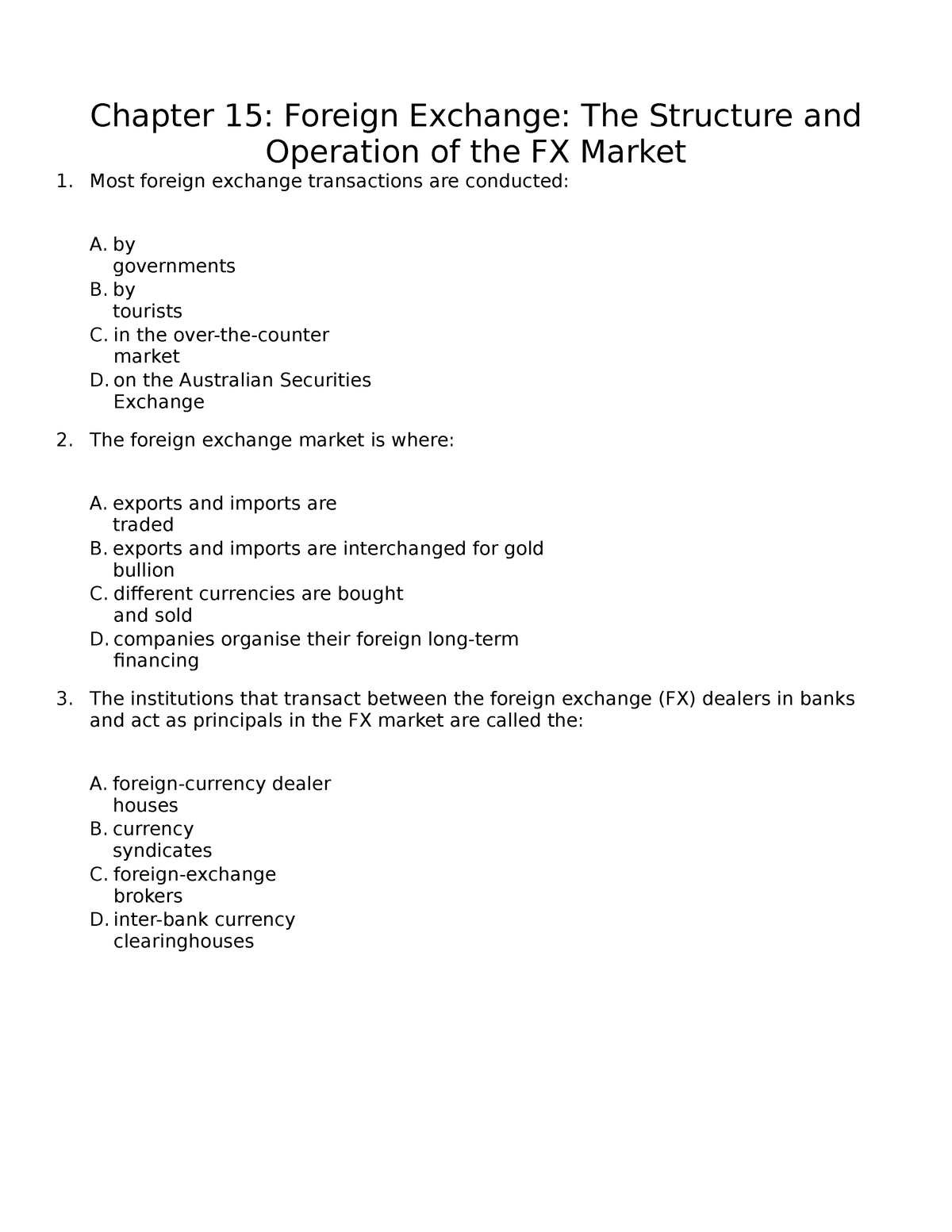
US News & World Report includes an educational section on a variety of topics, including Average first-year retention rate, Graduate indebtedness, faculty salaries, and adjusted for regional differences in cost of living. Although this information is useful for anyone looking to pursue higher education, there are some things you should be aware of before you make your final decision. Below we will look at some of America's most significant figures in finance.
Average first-year retention rate
U.S. News uses three components to rank colleges and universities: the average first-year retention rate and average student debt. The retention rates are an indicator of the school's ability to attract students. Average first-year student debt is also important. The average amount of federal loan debt owed by graduates of bachelor's degrees in 2019 and 2020 is called graduate debt. This figure is particularly volatile for institutions that are subject to federal loan debt because the sample is so small.
U.S. News averages first-year retention rates for schools in operation since 2016-2017. This is to be compared. The five factors considered in the rankings are class size (faculty-student ratio), percentage of faculty and tenure length (from the first year to graduation). U.S. News considers retention rates as a whole in its ranking system, but many schools compare schools using multiple metrics.

Graduate indebtedness total
Prospective students and families are concerned about how much debt they will owe at graduation. One ranking factor that is important to consider is total graduate indebtedness. This equates the average amount of debt owed by 2020 graduates to the median debt at all ranked universities. The amount of graduates in debt is staggering. Around forty million students have at least one outstanding education loan.
The highest student debt burden will not be borne by colleges that are highly ranked on U.S. News’ Best Colleges List. Some colleges aren't as high in student debt. These institutions might not be as financially stable as other colleges and may not have an excessive debt burden. The College Scorecard website offers information on the average debt of undergraduate students. The Department of Education has a site that helps students compare college debt so they can make informed decisions about which college to choose.
Average faculty salaries
U.S. News states that the average faculty compensation at the nation's top universities is highest among finance and business professionals. The report analyzes faculty compensation at American universities. It shows that the gap between full professor salaries and salaries of associate professors and assistant professors at these universities is significant. While there are some notable changes from last year, the top universities for full professor salaries remain the same. For example, five of the top 10 spots were taken by the University of California System. Northwestern University rose to the eighth spot, replacing the previously number-eight-ranked University of Maryland.
A survey also covers adjunct faculty salaries. As such, the AAUP survey may need to be adjusted to include part-time faculty salaries. The survey might also require institutions to report data on adjuncts one year ago. This is more straightforward to collect. Nevertheless, the AAUP continues to take into account the larger cultural conversation and report faculty salaries. It is important to remember that adjunct faculty salaries are not always publicly reported and often very low.

Adjusted to adjust for regional differences in living costs
The United States doesn't publish an official cost of life index. However, the Bureau of Labor Statistics publishes a Consumer Price Index (CPI), which tracks changes in costs over time. CPI data may be used by organizations to calculate the cost of living. The majority of cost of living indicators use a 100-year national average as the base. They then assign different numbers for different regions depending on how they compare with this figure.
These reports include information on prices for utilities and housing, as well as healthcare costs (including common surgery), entertainment, vehicle registration fees and insurance, and prices for food and gas. For regional variations in cost of life, the costs are adjusted each year. In 2019, San Francisco's living costs were higher than Salt Lake City. The cost of living in the United States varies from one region or another. However, there are high averages. Some regions are more expensive than others.
FAQ
What is the distinction between marketable and not-marketable securities
Non-marketable securities are less liquid, have lower trading volumes and incur higher transaction costs. Marketable securities on the other side are traded on exchanges so they have greater liquidity as well as trading volume. They also offer better price discovery mechanisms as they trade at all times. This rule is not perfect. There are however many exceptions. Some mutual funds are not open to public trading and are therefore only available to institutional investors.
Non-marketable securities tend to be riskier than marketable ones. They are generally lower yielding and require higher initial capital deposits. Marketable securities are generally safer and easier to deal with than non-marketable ones.
A large corporation bond has a greater chance of being paid back than a smaller bond. The reason for this is that the former might have a strong balance, while those issued by smaller businesses may not.
Marketable securities are preferred by investment companies because they offer higher portfolio returns.
How are securities traded?
The stock market allows investors to buy shares of companies and receive money. Companies issue shares to raise capital by selling them to investors. When investors decide to reap the benefits of owning company assets, they sell the shares back to them.
The supply and demand factors determine the stock market price. The price rises if there is less demand than buyers. If there are more buyers than seller, the prices fall.
There are two methods to trade stocks.
-
Directly from company
-
Through a broker
Why is a stock called security.
Security is an investment instrument, whose value is dependent upon another company. It can be issued as a share, bond, or other investment instrument. If the underlying asset loses its value, the issuer may promise to pay dividends to shareholders or repay creditors' debt obligations.
What is a REIT?
An REIT (real estate investment trust) is an entity that has income-producing properties, such as apartments, shopping centers, office building, hotels, and industrial parks. These companies are publicly traded and pay dividends to shareholders, instead of paying corporate tax.
They are similar in nature to corporations except that they do not own any goods but property.
What is a Mutual Fund?
Mutual funds consist of pools of money investing in securities. They offer diversification by allowing all types and investments to be included in the pool. This reduces the risk.
Professional managers oversee the investment decisions of mutual funds. Some funds permit investors to manage the portfolios they own.
Mutual funds are more popular than individual stocks, as they are simpler to understand and have lower risk.
Statistics
- The S&P 500 has grown about 10.5% per year since its establishment in the 1920s. (investopedia.com)
- Ratchet down that 10% if you don't yet have a healthy emergency fund and 10% to 15% of your income funneled into a retirement savings account. (nerdwallet.com)
- "If all of your money's in one stock, you could potentially lose 50% of it overnight," Moore says. (nerdwallet.com)
- Our focus on Main Street investors reflects the fact that American households own $38 trillion worth of equities, more than 59 percent of the U.S. equity market either directly or indirectly through mutual funds, retirement accounts, and other investments. (sec.gov)
External Links
How To
How can I invest my money in bonds?
An investment fund, also known as a bond, is required to be purchased. The interest rates are low, but they pay you back at regular intervals. You make money over time by this method.
There are many ways to invest in bonds.
-
Directly buying individual bonds
-
Buy shares from a bond-fund fund
-
Investing via a broker/bank
-
Investing through a financial institution
-
Investing through a Pension Plan
-
Invest directly through a stockbroker.
-
Investing through a mutual fund.
-
Investing via a unit trust
-
Investing through a life insurance policy.
-
Investing through a private equity fund.
-
Investing with an index-linked mutual fund
-
Investing through a Hedge Fund